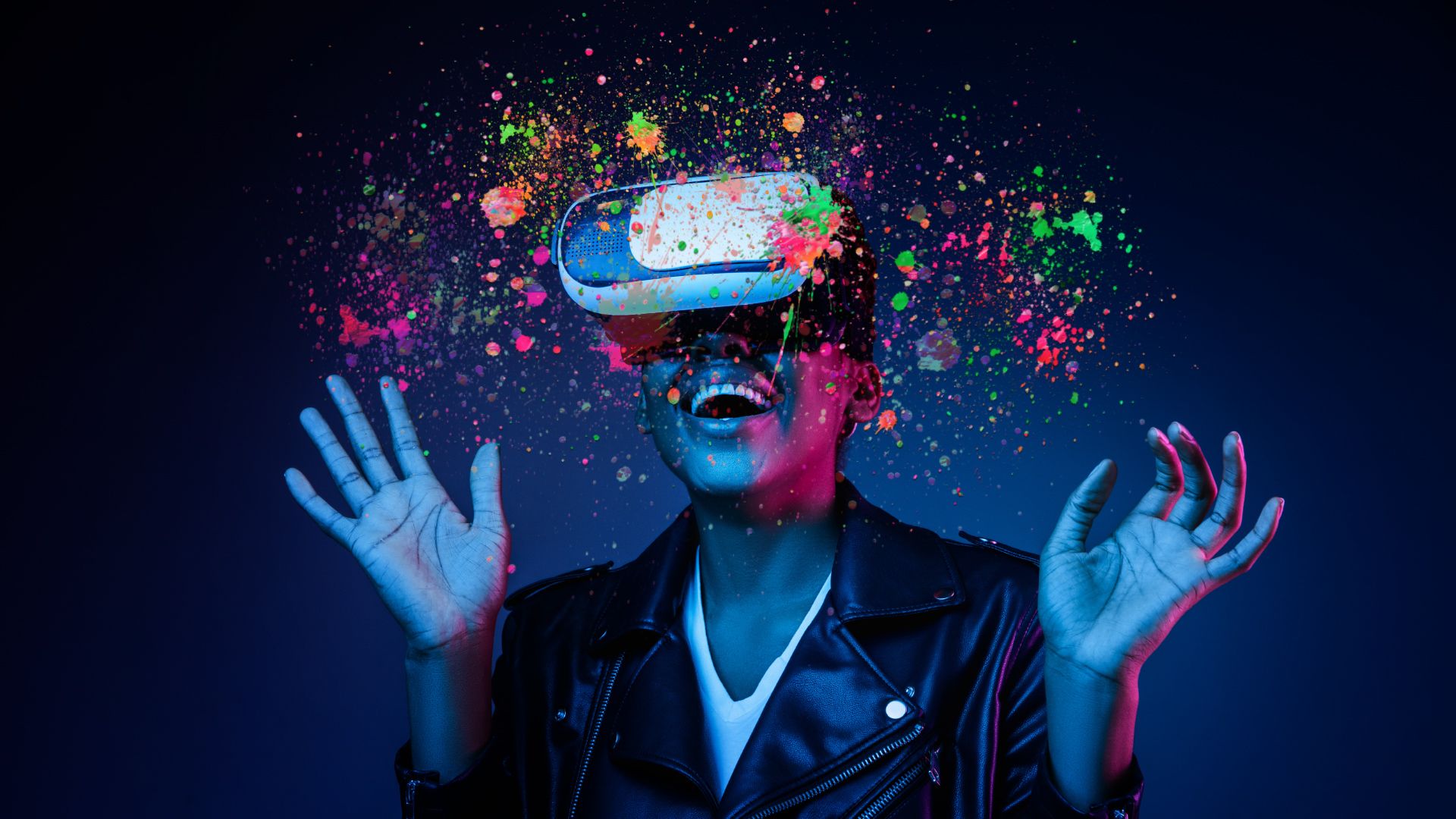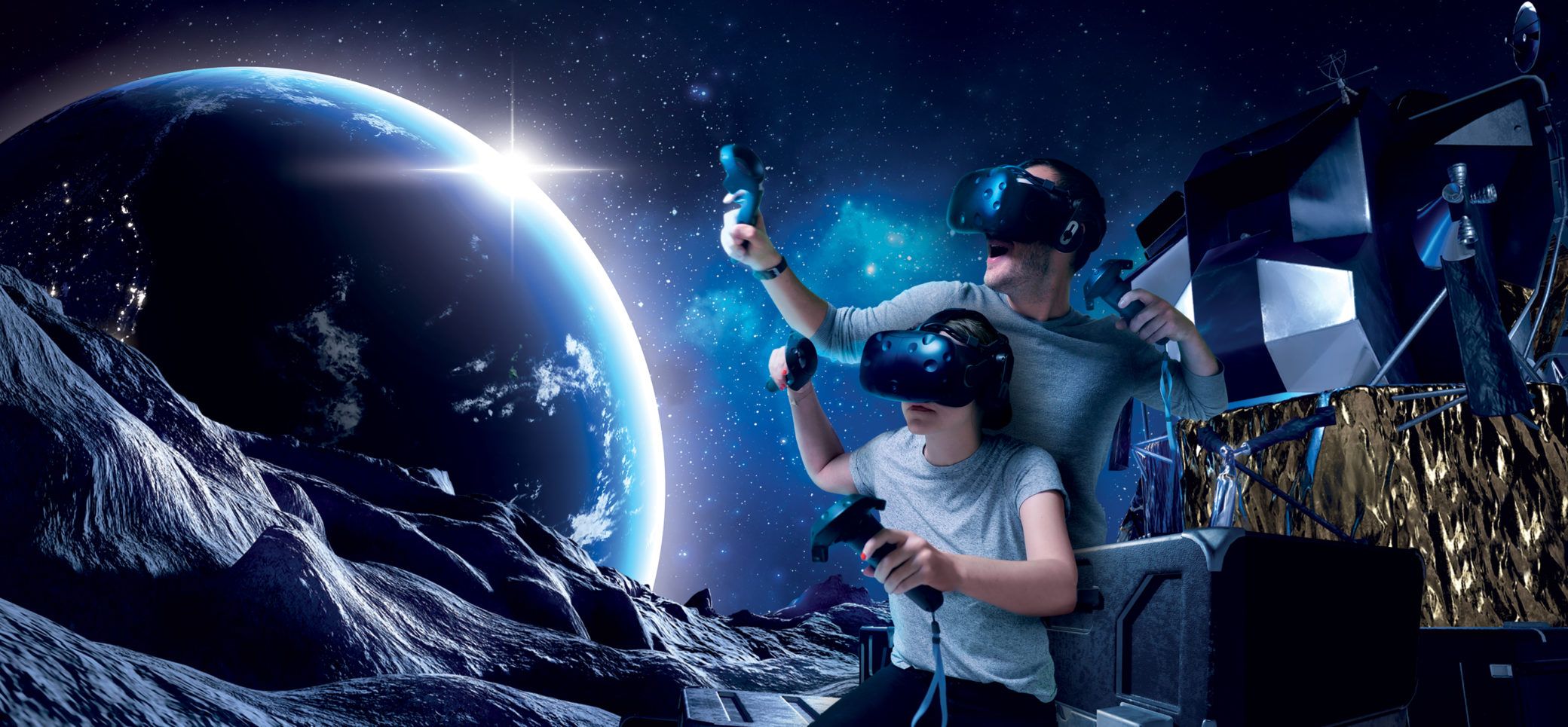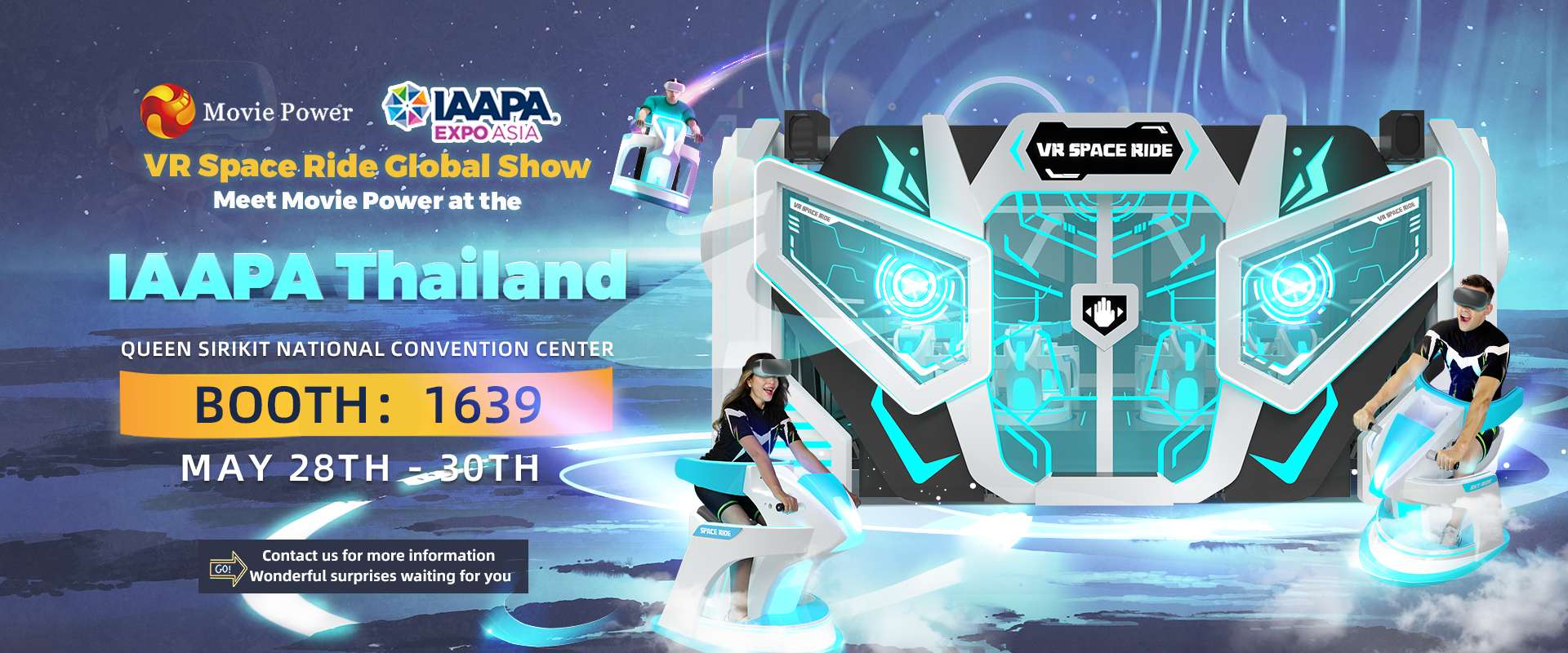In the technological diaspora of the 21st century, virtual reality (VR) has transcended the boundaries of innovation, casting a mesmerizing spell on consumer electronics. Its rising popularity amongst the young population warrants the quintessential question – Is VR Safe for Kids and Teenagers?
What Is VR Technology

VR is a game-changing technology that is impacting various sectors, including the field of education through various VR solutions. It creates an experience that takes users into a simulated world, transforming how people interact with digital content. Nowadays, VR educational services are increasingly being utilized to create innovative and immersive educational environments and kids indoor playground.
The Definition of VR
VR is best understood as a three-dimensional, computer-generated environment that can be explored interactively by an individual using a special computer interface. It typically involves a user wearing a headset device outfitted with sensors, which track the user’s movements and adjust the user’s view accordingly. For optimal experience, some systems integrate handheld devices that allow users to interact with the virtual environment.
Types of VR applications
VR has many applications ranging from entertainment to business and more:
- Education: Virtual reality technology in education is a game-changer, creating virtual classrooms and implementing learning through virtual reality. Some educational, non-profit museums would apply car racing simulators for kids to have a better understanding of the events and subjects. This offers students a multi-sensory, immersive, engaging, and fun way to learn.
- Gaming: VR creates an immersive environment and makes video games more exciting.
- Healthcare: VR is used for medical training and patient treatment, creating virtual environments that are safe for practice.
- Training And Simulation: VR provides practical training in industries such as aviation and the military, simulating real-life situations.
- Real Estate: VR gives prospects a virtual tour of properties, saving them time and resources.
- Mental Health: VR is used as a treatment tool for various mental health issues, including phobias, PTSD, and anxiety disorders. By creating controlled, safe virtual environments, therapists can help patients confront and navigate their fears.
- Sports Training and Fitness: VR provides sports training simulators and virtual fitness programs, transforming the way athletes enhance their skills.
- Film and Entertainment: The film industry utilizes VR for virtual movie experiences, offering viewers an immersive way to participate in the story.
- Retail and E-Commerce: Virtual showrooms, fitting rooms, and shopping experiences are gaining popularity in the retail and e-commerce sector, allowing customers to try and explore products before purchasing.
The Importance of VR Usage for Kids And Teenagers
VR provides an immersive multidimensional visual experience that can transform traditional ways of learning and play. It promotes active learning by allowing users to interact directly with the material, thereby fostering curiosity, and creativity and improving memory retention.
VR can be used in education to simplify complex subjects, and provide virtual field trips, thus exposing students to diverse cultures and environments worldwide.
For teenagers, it could potentially provide vocational training in fields such as medicine, engineering, and aeronautics. Assignments could become collaborative and interactive experiences that boost student engagement.
VR can revolutionize education and entertainment for kids and teenagers, fostering their cognitive development, critical thinking, and global awareness. With the right balance, it can be an influential tool in molding the minds of the next generation.
Benefits of VR

VR brings several benefits to kids and teenagers, especially in the gaming, entertainment, and educational sectors.
For instance, the VR cat games stimulator introduces an immersive gaming experience, encouraging cognitive development and coordination skills among children.
Moreover, advances in technology like the VR egg chair further enhance the virtual reality experience, offering thrill and delight for teenagers in racing games, city exploration, and even roller coaster rides.
For Students
Using VR for educational purposes has revolutionized the learning experience for students in numerous ways:
- Enhanced Engagement: Students find VR educational tools engaging and immersive, which results in higher interest and better results.
- Real-world Experience: VR allows students to explore different places, cultures, and events as if they were physically there.
- Skill Development: VR helps in developing various skills like problem-solving, collaboration, and critical thinking.
- Customized Learning: VR provides personalized learning experiences based on each student’s aptitude and interests.
For Education Institutions
VR technology presents significant benefits for educational institutions as well:
- Improved Teaching Tools: Using VR in teaching offers revolutionary methods to make complex concepts more comprehensible.
- Realistic Training: Educational institutions specializing in specific fields like healthcare, engineering, and architecture can benefit from VR by providing students with practical, real-world experiences.
- Interactive Classroom: A VR-authority classroom boosts interaction, making learning more collaborative and fun.
- Client Attraction: Advanced tech like VR can attract more students, thereby enhancing the institution’s reputation.
For Society
While the introduction of VR into society has been slow, it is gaining acceptance due to the following benefits:
- Economic Growth: The increasing demand for VR is opening up new industries like racing simulator companies, creating jobs, and fueling economic growth.
- Social Equality: VR can provide high-quality education in remote areas, promoting social equality.
- Environmental Impact: VR-managed tourism can significantly reduce the adverse environmental impact of actual travel.
- Healthcare Improvement: Healthcare training using VR technology can improve the quality of service, ultimately benefiting society.
Risks and Concerns of VR Usage in Kids and Teenagers
However, as the technology remains relatively new, potential risks associated with its usage have raised questions among parents and educators. Concerns mainly focus on the effects of VR on physical health, psychological well-being, and social behaviors.
Physical Health Concerns
Physical health concerns stemming from prolonged VR usage among kids and teenagers encompass a range of issues. Such as:
Children risk developing poor eyesight due to exposure to close-up digital images.
Repetitive movement in confined real-world spaces can result in injuries, while disorientation or imbalance caused by VR use may lead to falls.
Long-term physical inactivity results in a sedentary lifestyle which can lead to obesity and a decline in overall fitness.
Psychological Impact
The psychological impact of VR usage on children and teenagers can be quite significant.
Extended VR use can lead to addiction, disrupting normal daily activities and study routines.
Furthermore, the immersive nature of VR can distort the user’s sense of reality and normal sense of time, potentially causing confusion and anxiety.
There are also concerns that violent or age-inappropriate content may affect impressionable users, shaping their views and attitudes in potentially harmful ways.
Social Ramifications
Alongside physical and psychological concerns, VR usage can likewise affect young users’ social behavior.
As virtual reality experiences are predominantly solitary, extended use can result in social isolation.
Additionally, VR can impact interpersonal communication skills, as users may increasingly prefer virtual interactions over face-to-face social encounters.
Moreover, there might be a risk of exposure to inappropriate social interactions or bullying in virtual communities, necessitating appropriate supervision and intervention.
How to Make VR Safe for Kids and Teens

VR technology must be used safely and responsibly, especially when it comes to kids and teens. As educators and learners explore the advantages of immersive learning with VR and AR, the safety concerns regarding these technologies should be highly emphasized. Understanding potential risks and implementing safety measures can ensure a healthy and enjoyable VR experience for young users.
Parental Supervision And Control
- Set Usage Limits: Continuous use of VR can lead to motion sickness or nausea. Aim for breaks every 30 minutes.
- Use Built-in Parental Controls: Many VR systems have parental controls that can restrict content and limit playtime.
- Be Aware of The Content: Always check the ratings and reviews of VR games or apps before allowing your child to use them.
- Encourage Breaks: Encourage kids to take breaks from VR to rest their eyes and move around.
Health And Safety Tips
- Ensure Sufficient Space: Clear ample space to prevent accidents while using VR.
- Adjust The Device: Properly fit the VR device to the user’s head for optimal comfort and safety.
- Stay Hydrated: Encourage drinking water during breaks to prevent dehydration.
- Watch for Signs of Discomfort: Stop VR use if the user feels dizzy, nauseous, or uncomfortable.
- Check Your Surroundings: Make sure the area is clear of individuals, furniture, and other obstructions to avoid accidents.
- Monitor Health Conditions: If you have certain medical conditions such as a history of seizures, consult your doctor before using VR.
- Popularize Scientific Knowledge: Users must be aware of the psychological effects such as disorientation or dizziness after using VR, especially in immersive learning scenarios.
Recommended VR Content for Different Age Groups
- Kids (Under 10): Choose VR experiences that are educational and colorful, and avoid violent or scary content.
- Teens (10-13): Go for VR games that promote problem-solving, creativity, or physical activity.
- Teens (14+): This group can handle more complex games, but make sure the content is still appropriate for their age.
These guidelines don’t necessarily cover all potential risks but can certainly go a long way in ensuring a safer VR experience.
Conclusion
VR offers inspiring potential to revolutionize the digital era for future generations. Nevertheless, its use among children and adolescents should be navigated prudently, balancing valuable gains with possible hazards. By implementing appropriate management, VR can transform into an instrument of enhancement instead of a cause for harm. A balanced approach, thus, can ensure this technology offers growth and stimulation, rather than detrimental effects to younger audiences.




